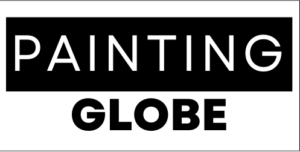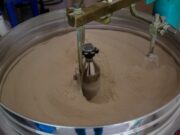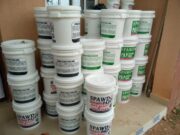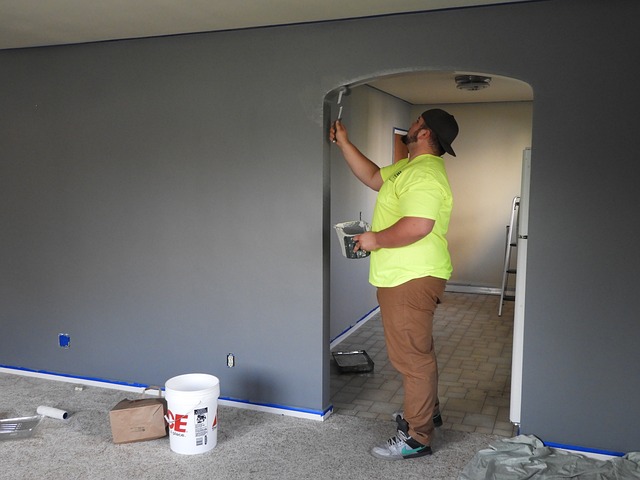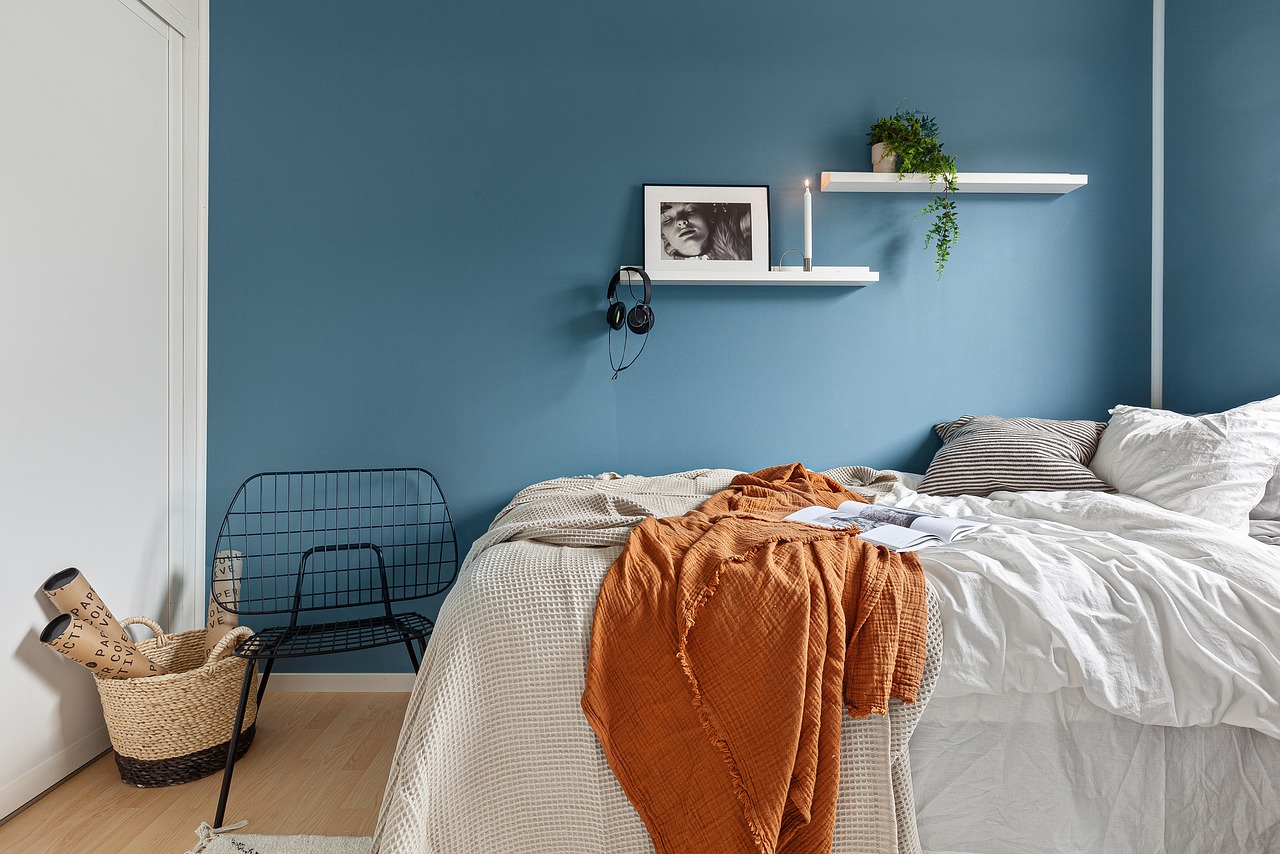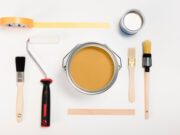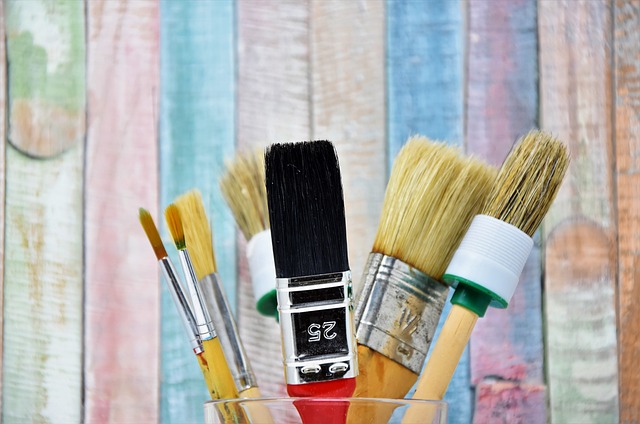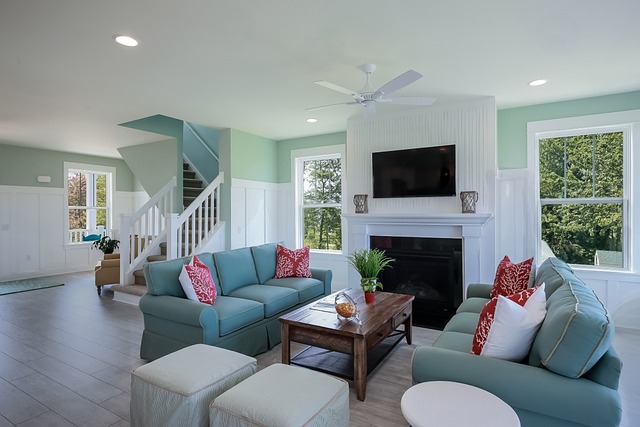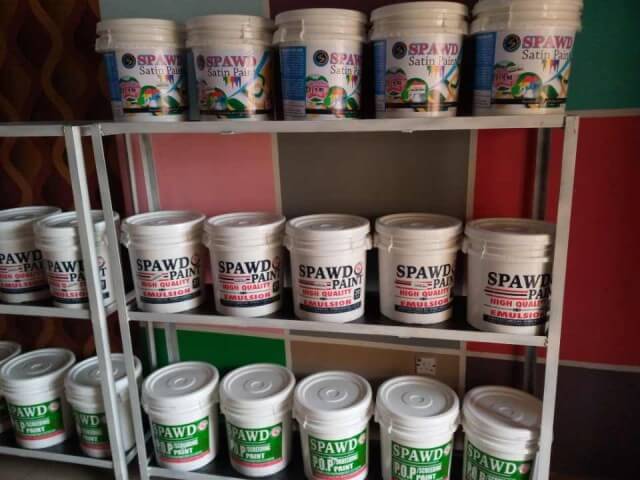When you’re in the painting business, whether as a contractor or an independent painter, creating a comprehensive painting quotation can make or break your chances of securing a project.
A well-crafted painting quotation not only communicates your professionalism but also ensures clarity between you and your client, minimizing misunderstandings.
Whether you’re a professional painter, a seasoned painter, or just starting, understanding how to create a comprehensive painting quotation is an essential skill.
In this guide, we detail the key steps to writing a comprehensive painting quotation that will help you stand out and win more jobs.
Why a Comprehensive Painting Quotation Matters
Before we dive into the how-to, it’s essential to understand why a detailed painting quotation is important.
Here are a few key reasons.
1. It Indicates Your Professionalism
A clear and well-organized quotation sets you apart as a professional who takes your work seriously.
2. For Transparency
Providing detailed cost breakdowns and scope of work avoids misunderstandings and disputes later on.
3. It Helps You Build Trust
Clients are more likely to trust and hire a contractor who communicates openly and provides comprehensive details.
4. It Promotes Efficiency
A good quotation serves as a reference document throughout the project, keeping everyone on the same page.
5. It Serves As A Legal Protection
A well-documented quotation can act as a contract and provide clarity in case of disagreements.
1. Understand the Scope of the Work
Before you can create an accurate and comprehensive painting quotation, you need to understand the scope of the work, which involves the items listed below.
1. Conduct a Site Visit
A site visit allows you to inspect the areas to be painted and take note of important details such as the size of the space, surface conditions, and any potential challenges like hard-to-reach areas or extensive preparation work.
2. Discuss Your Client Expectations
Speak with your client to understand their specific needs and preferences.
This includes discussing color choices, finishes (e.g., matte, satin, gloss), and any special requirements, such as texture painting or mural work.
3. Take Accurate Measurements
Measure the walls, ceilings, and other surfaces to calculate the total area to be painted.
Knowing the square footage is essential for estimating your material and labor costs accurately.
4. Identify Any Additional Services
Determine if the job will require extra services such as wallpaper removal, drywall repair, or priming.
These tasks should be included in your quotation.
2. Break Down the Quotation into Clear Sections
A professional painting quotation should be structured in a way that’s easy for the client to understand.
Use headings and subheadings to organize the information.
Here are the key sections you should include.
a. Introduction
Start with a friendly and professional introduction.
This can include the following:
- Your company name and logo (if applicable)
- The client’s name and address
- The date of the quotation
- A reference number for tracking purposes
For example;
“Dear [Client’s Name],
Thank you for considering [Your Company Name] for your painting project. We are pleased to provide you with a detailed quotation for your review.”
b. Project Description
Clearly describe the project.
Mention the specific areas to be painted, such as;
- Living room walls and ceiling
- Exterior walls of the house
- Kitchen cabinets
This section should also specify the type of paint and finish, along with the expected start and completion dates.
c. Detailed Cost Breakdown
This is one of the most important parts of your quotation.
Break down the costs into categories to provide transparency.
Include the following:
- Labor Costs: Specify the number of painters, estimated hours or days required, and the hourly or daily rate.
- Material Costs: List the types of paint, primers, brushes, rollers, and any other materials required. Mention the brand and quantity for clarity.
- Equipment Costs: If you need specialized equipment like scaffolding, ladders, or spray guns, include the cost.
- Additional Services: Include costs for extras like surface preparation, caulking, or repairs.
- Taxes and Fees: Add any applicable taxes, disposal fees, or other charges.
Provide a summary table for easy reference. Here’s an example:
| Item | Quantity | Unit Cost | Total Cost |
| Paint (Brand x) | 10 drums | #50,000 | #500,000 |
| Labor (2 painters, 5 days) | 5 days | #20,000/day | #100,000 |
| Scaffolding Rental | 1 unit | #5000/day | #25,000 |
| Total | #625,000 |
d. Payment Terms
Clearly outline your payment terms to avoid confusion later on.
Specify as follows:
- The total cost of the project
- The deposit amount (e.g., 30% upfront)
- Payment milestones (e.g., 50% upon halfway completion, 20% upon final inspection)
- Accepted payment methods (cash, check, crypto, transfer, etc.)
For example;
“A deposit of #30,000 (30% of the total cost) is required to secure the booking.
The remaining balance will be paid in two installments: 50% (#50,000) upon halfway completion and 20% (#20,000) upon final inspection.”
e. Timeline
Provide a timeline for the project, including;
- The start and completion dates
- Milestones for specific phases, such as surface preparation or the first coat
Example;
| Task | Start Date | End Date |
| Surface Preparation | Jan 10, 2025 | Jan 11, 2025 |
| First Coat | Jan 13, 2025 | Jan 14, 2025 |
| Final Coat & Touch-Ups | Jan 15, 2025 | Jan 16, 2025 |
f. Terms and Conditions
Outline the terms and conditions to protect both parties. Include details such as;
- A cancellation policy
- Warranty on workmanship and materials
- Liability limitations
- Client responsibilities (e.g., removing furniture, providing access to water and electricity)
Clear Example;
“[Your Company Name] provides a one-year warranty on all workmanship. This warranty covers peeling or cracking of paint under normal conditions. The warranty does not cover damage caused by moisture, structural movement, or other external factors.”
g. Acceptance and Signature
Include a section where the client can sign to confirm their acceptance of the quotation. Provide space for;
- The client’s name and signature
- The date
Example;
“I, [Client’s Name], agree to the terms and conditions outlined in this quotation and authorize [Your Company Name] to proceed with the work.
Signature: ______________________ Date: __________________________”
3. Use Professional Language and Formatting
The tone of your quotation should be professional yet approachable.
Avoid jargon or overly technical terms that might confuse the client.
Additionally, use clear and consistent formatting.
- Use bullet points and tables for clarity
- Highlight important details with bold text
- Ensure your document is free of spelling and grammatical errors
Consider using templates or software to create polished, branded quotations.
Tools like Microsoft Word, Google Docs, or specialized quotation software can help you streamline this process.
4. Double-Check the Quotation for Accuracy
Errors in your quotation can lead to costly misunderstandings. Before sending it to the client,
- Verify all measurements and calculations
- Cross-check the material list against the project requirements
- Confirm the timeline and payment terms
Additionally, have a colleague or team member review the document for an extra layer of accuracy.
5. Follow Up with the Client
After sending your quotation, follow up with the client within 2-3 days.
This shows initiative and allows you to address any questions or concerns they might have.
A simple email or phone call can make a big difference.
For example;
“Hi [Client’s Name],
I hope this message finds you well. I wanted to check if you had a chance to review the painting quotation we sent on [date]. Please let me know if you have any questions or if there’s anything else we can assist you with.”
6. Update and Customize Quotations as Needed
Each client and project is unique, so tailor your quotations to suit specific needs.
For instance, if a client requests eco-friendly paint options, include those details and their associated costs.
Bonus Tips for a Winning Comprehensive Painting Quotation
1. Personalize the Document: Address the client by name and reference specific details about their project.
2. Be Very Transparent: Clearly state what is included and excluded in the quotation.
3. Offer Multiple Options: Provide multiple pricing options, such as standard versus premium paint.
4. Highlight Your Expertise: Include testimonials, certifications, or photos of previous work to build credibility.
5. Set a Validity Period: Specify how long the quotation is valid (e.g., 30 days).
Conclusion
Writing a comprehensive painting quotation like a pro involves attention to detail, clear communication, and a commitment to professionalism.
By understanding the scope of work, breaking down costs, and providing transparent terms, you can create quotations that not only win your projects but also build trust with your clients.
Remember, a well-crafted quotation is an investment in your reputation and your business’s success.
